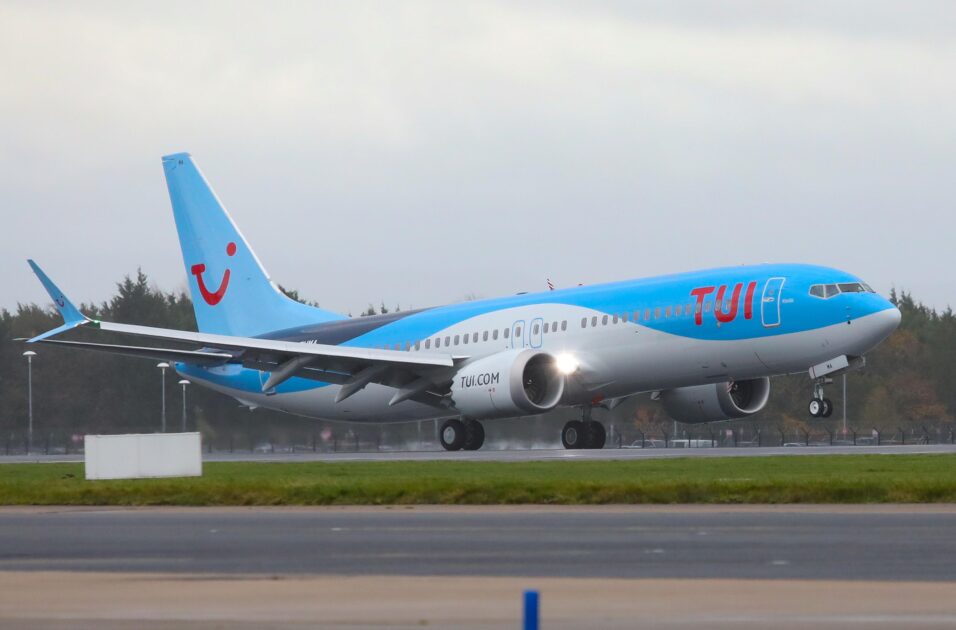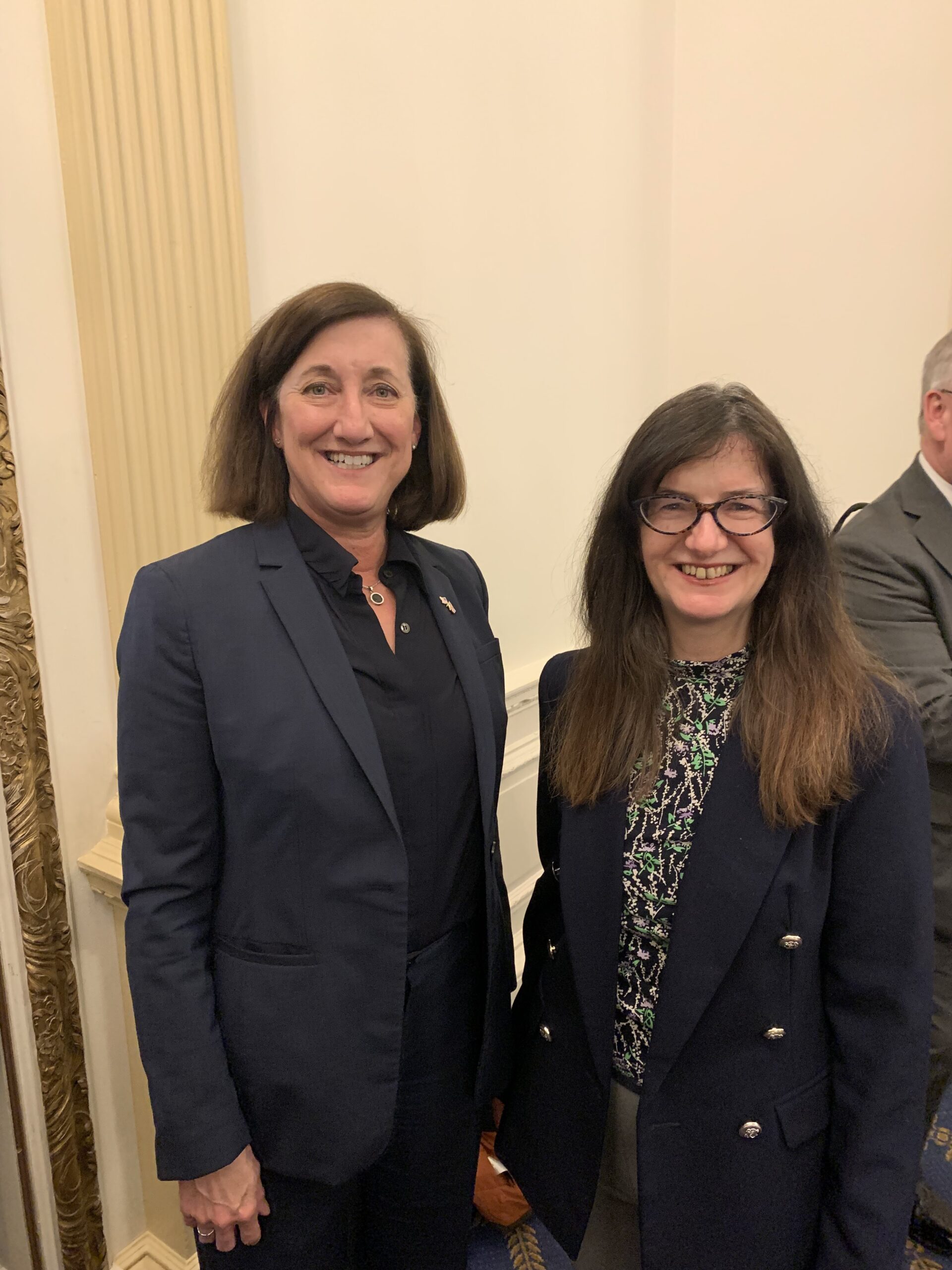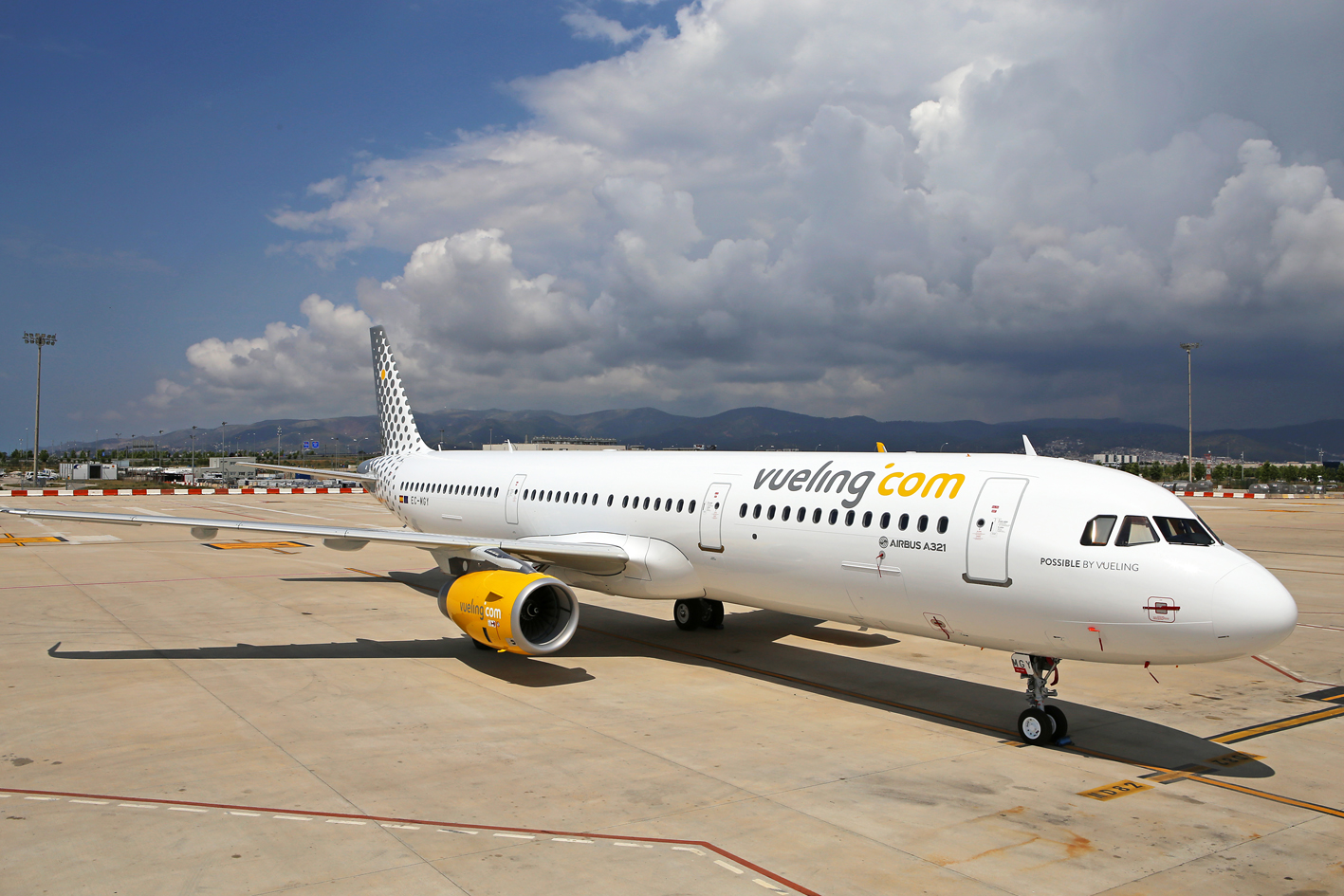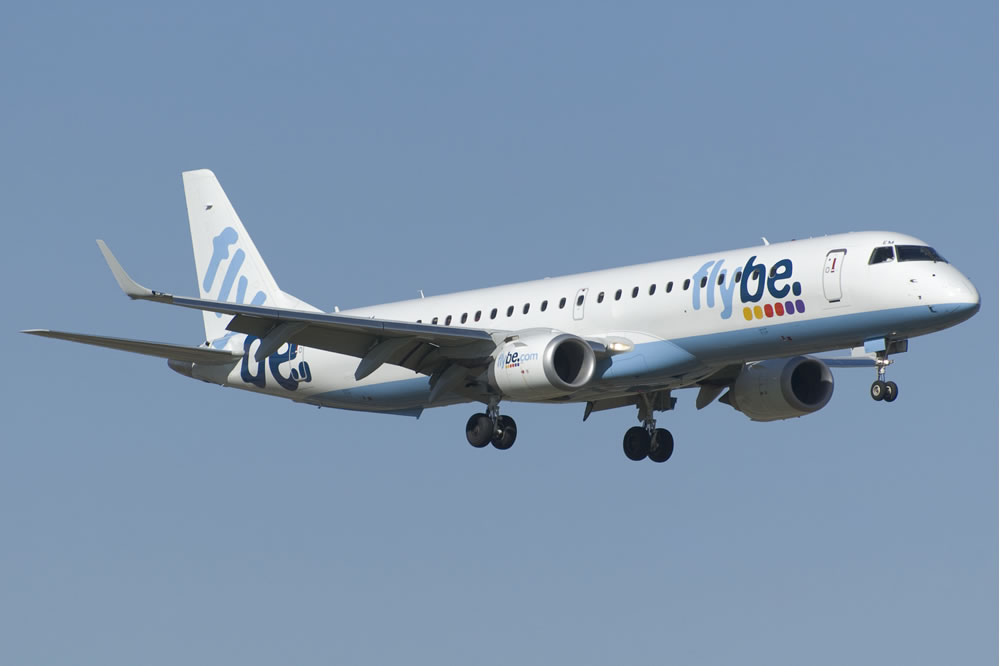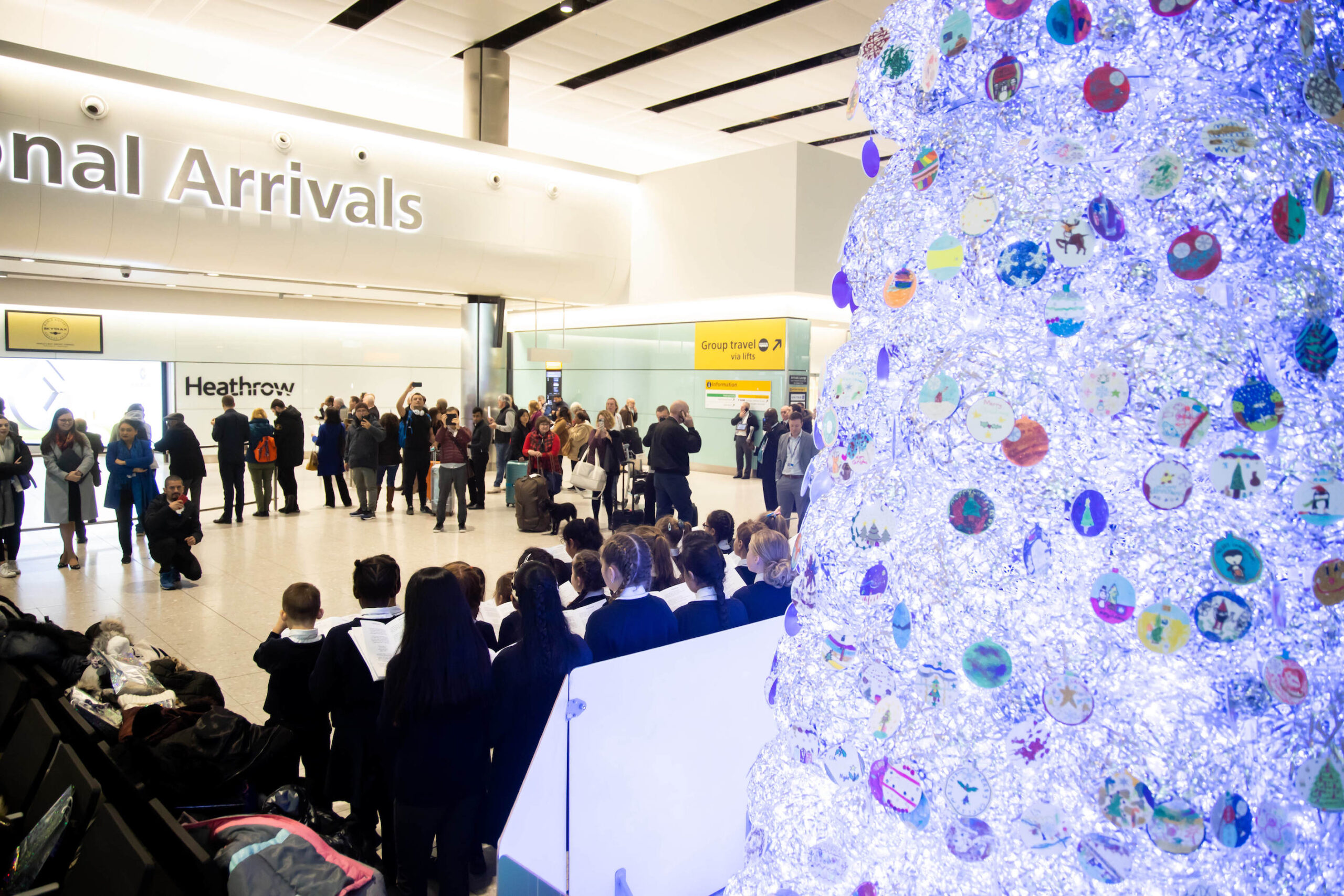Boeing wants to get the B737MAX back in the air again. But aviation authorities around the world have grounded it. So the US safety regulator, Federal Aviation Administration (FAA), has called a meeting with those regulators to reassure them the MAX will soon be safe. The meeting is tomorrow May 23rd 2019.
What is going to happen? The FAA states:
‘The Directors General of civil aviation authorities around the world will discuss the agency’s activities toward ensuring the safe return of Boeing 737 MAX to service. The meeting is intended to provide participants the FAA’s safety analysis that will inform its decision to return the 737 MAX fleet to service in the U.S. when it is made. Also, the FAA will provide safety experts to answer any questions participants have related to their respective decisions to return the fleet to service. In keeping with the FAA’s longstanding cooperation with its international partners, the agency continues to work with technical experts from other civil aviation authorities to address specific concerns related to the 737 MAX. The meeting, on May 23 is intended for regulatory authorities only, with no industry participation.’
In line with this an FAA spokesperson tells me separately: ‘We have said from the beginning that we’ll clear the aircraft for return to flight only after we’re satisfied that the safety concerns have been addressed. That’s as specific as we’re getting. The next step will be a certification test flight with the FAA, which will occur sometime in the near future. Again, we haven’t set a date and won’t until we are satisfied that everything’s in order.’
The certification body for the 28 European states – EASA (European aviation Safety Agency tells me: ‘We can confirm that we are sending a EASA representative to attend the meeting.’
Why is it important that EASA attends? EASA is the certification body with control over whether aircraft may be certified to fly safely in Europe. This is a separate role to civil aviation authorities which have different powers.
When I checked with the UK’s Civil Aviation Authority a week ago, it said it was not going to send a representative to the Boeing meeting when it was first announced. But that decision has been revised, and CAA says it will now be sending a representative. The CAA representative will be attending as ‘an observer and in support of EASA as prime certification body’. In other words it won’t be entering discussions, despite the FAA’s statement above.
CAA confirms it has ‘some powers which enabled it to stop UK operators from using the aircraft in British airspace.’ However that decision is not set in stone. A spokesperson tells me today ‘if someone wanted to fly the MAX and came to us to do that we could look at that’.
He added, ‘We can’t take way or grant certification but we are in control’ (of the MAX in the UK).
As a reminder, the CAA took its own decision independently to ground the MAX following the Ethiopian Airlines crash. Nation states are entitled to implement their own decisions regardless of EASA as they did over the MAX. So whether or not EASA decides to certify the MAX as airworthy – countries can make up their own minds whether to allow the plane to take-off or land on their soil, or for the aircraft to overfly their airspace.
But for tomorrow it will be EASA taking the lead.
So what is EASA going to say and do at this meeting? What is the EASA plan?
EASA tells me exclusively: ‘We are working on having the 737 Max return to service as soon as possible, but only once there is complete reassurance that it is safe.’
EASA says it has the following prerequisite conditions to lift the operations suspension of the Boeing 737 Max:
- Design changes proposed by Boeing are EASA approved and mandated.
- The additional independent design review by EASA is completed.
- That Boeing Max flight crews have been adequately trained.
- The information made available so far through the preliminary investigations of the two accidents are deemed to provide sufficient understanding of the safety issues to be addressed and we will continue to analyse any new information that the investigations make available.’
So it looks like EASA is cautiously moving forward but without any promises. And what happens if EASA does certify the MAX to fly again? What are the next steps?
Boeing answers: ‘We have been engaging with all 737 MAX operators and we continue to share information as we work to ensure the safe return of the 737 MAX to commercial service.’
I asked Boeing, how will the MAX actually be re-engineered to meet airworthiness requirements?
Boeing answered, ‘Boeing maintenance teams and engineering have been collaborating with our customers to identify opportunities to complete and stage work efficiently once regulators approve the fleet’s return to service. Boeing will deploy entry into service teams to all 52 current 737 MAX operators. Based on operator needs, teams may include field service representatives, mechanics and technicians. Additionally, a dedicated 737 MAX 24/7 Operations Center will provide real-time support.’
So those are the next steps – we will have to wait and see what regulators decide, and whether the travelling public will get onboard.
To hear my take on this and other issues surrounding the MAX, listen to Sounds on the BBC:
https://www.bbc.co.uk/programmes/p079bzn6
